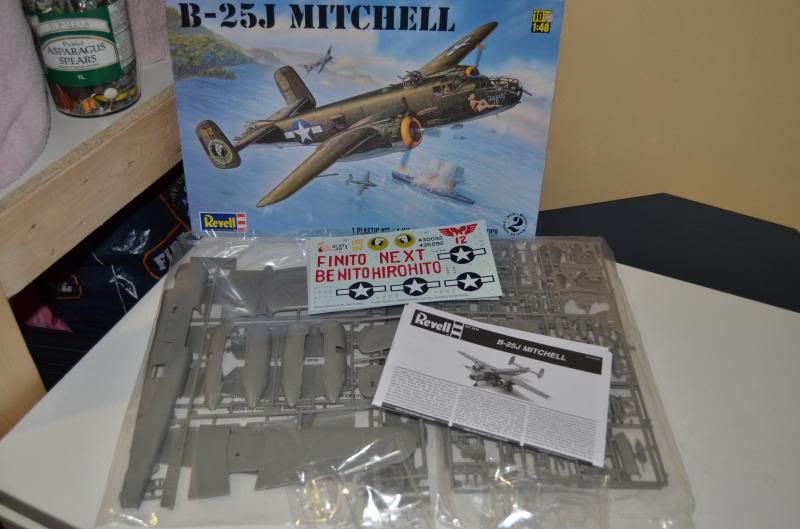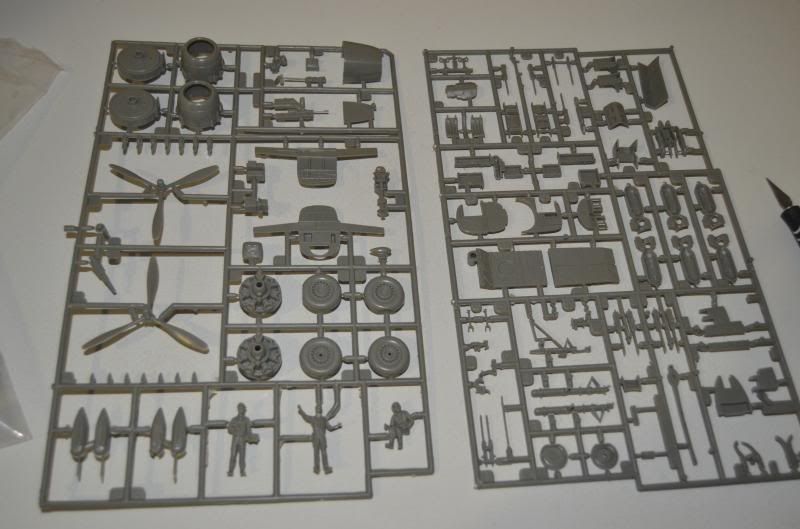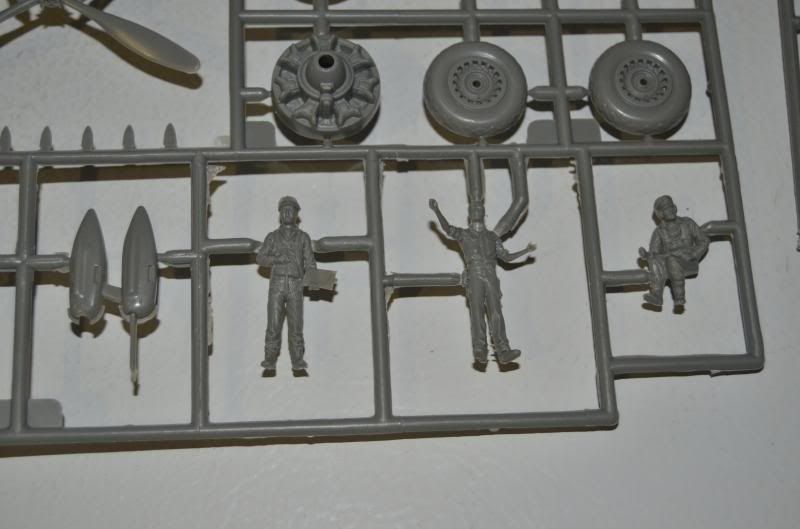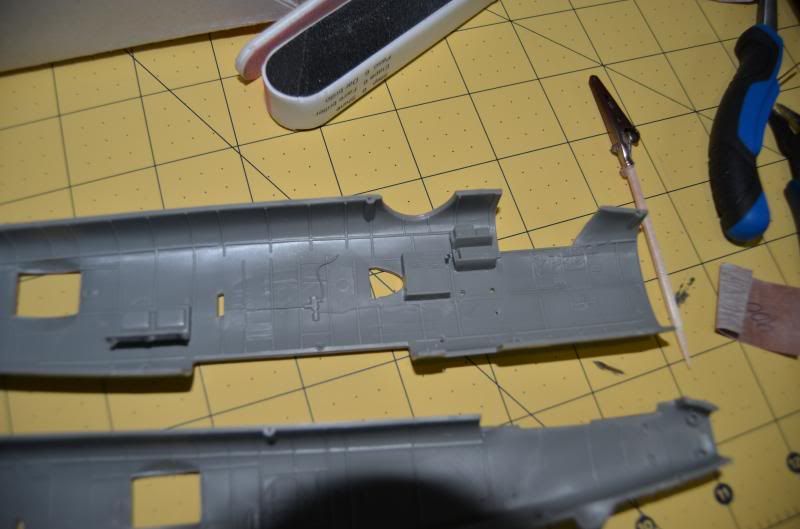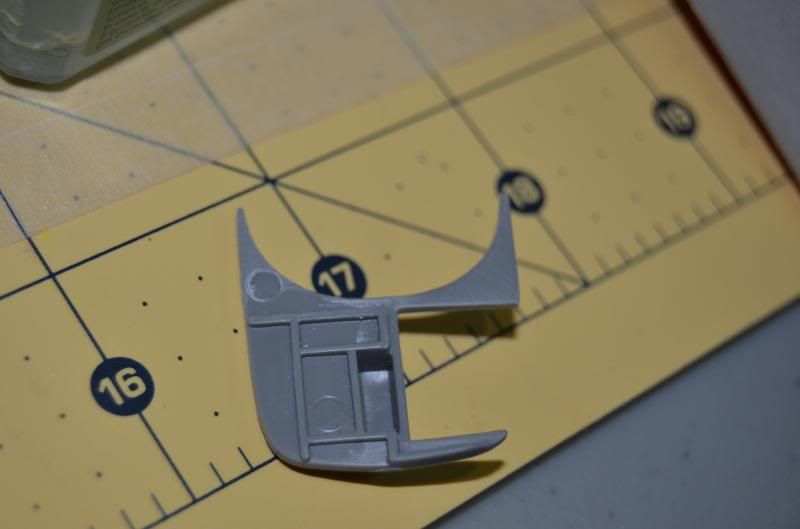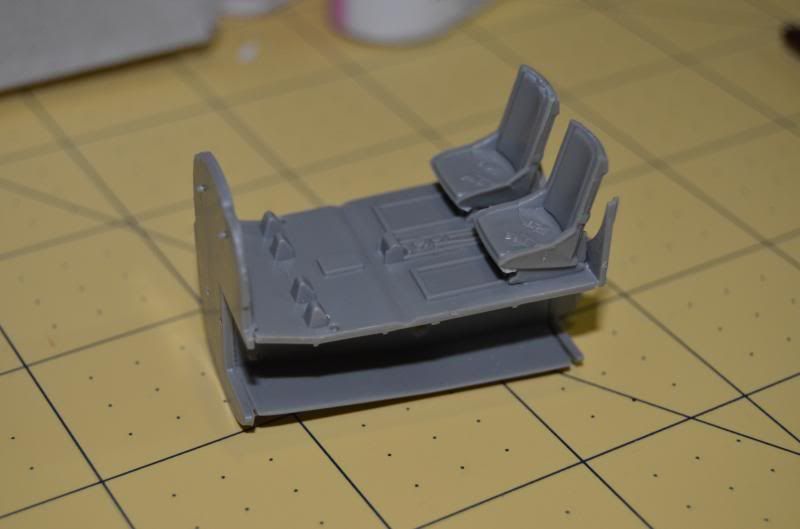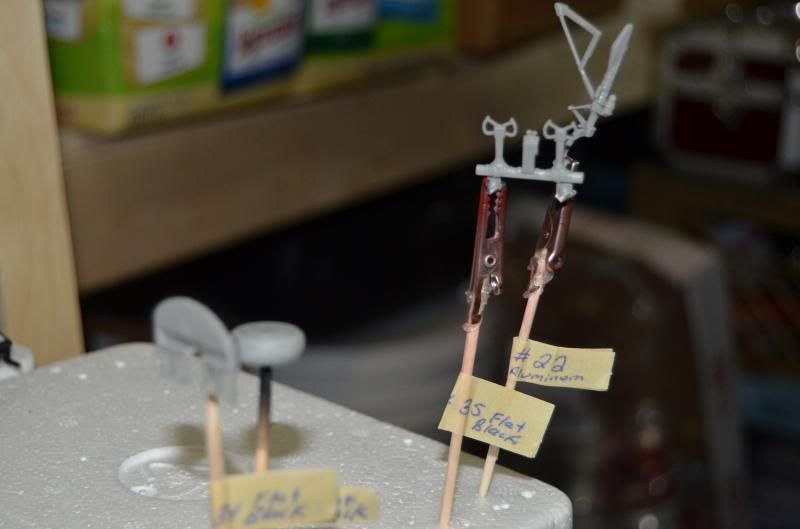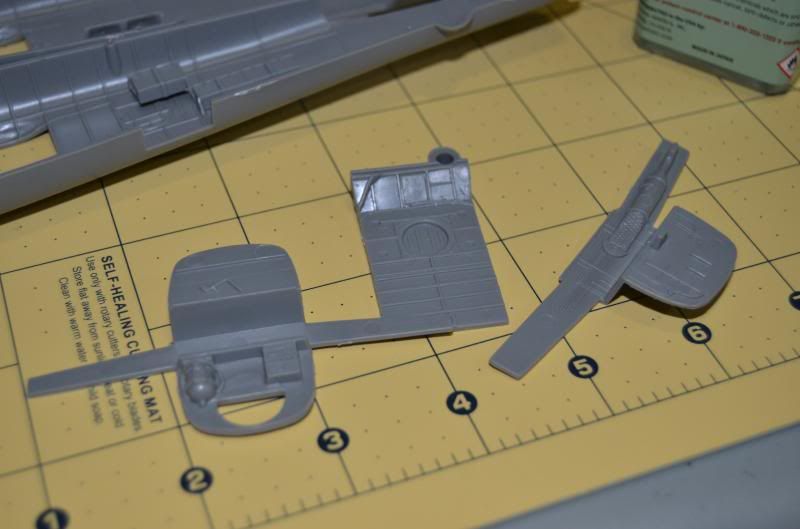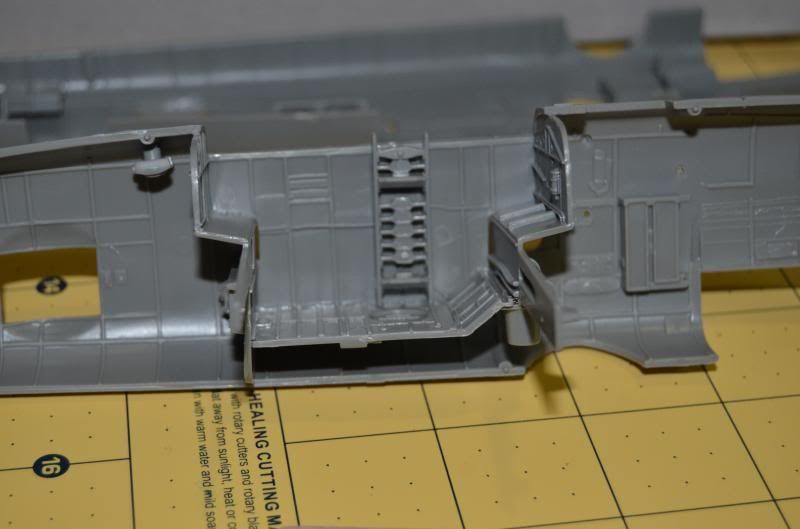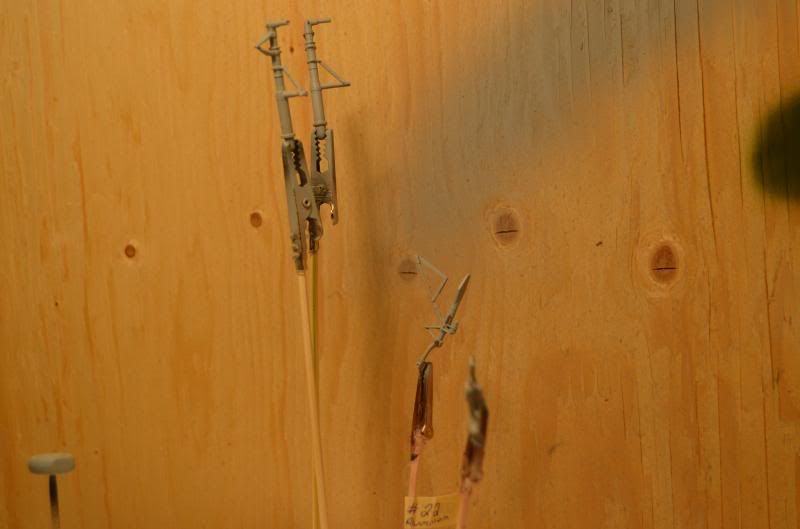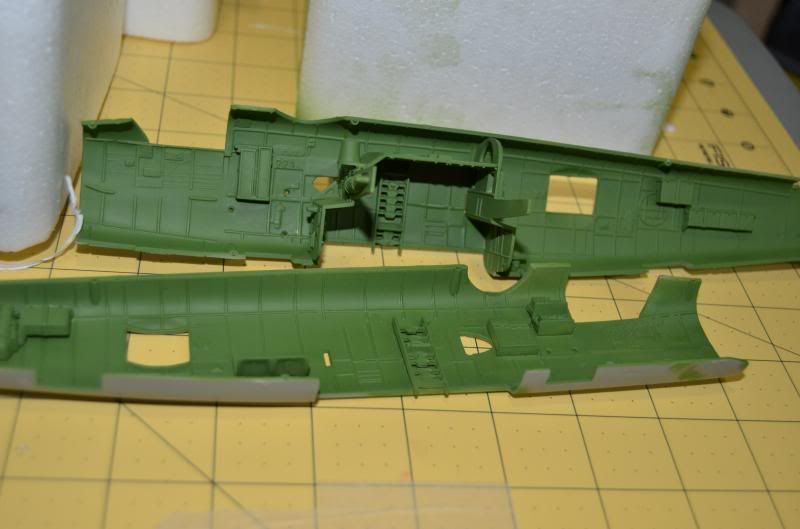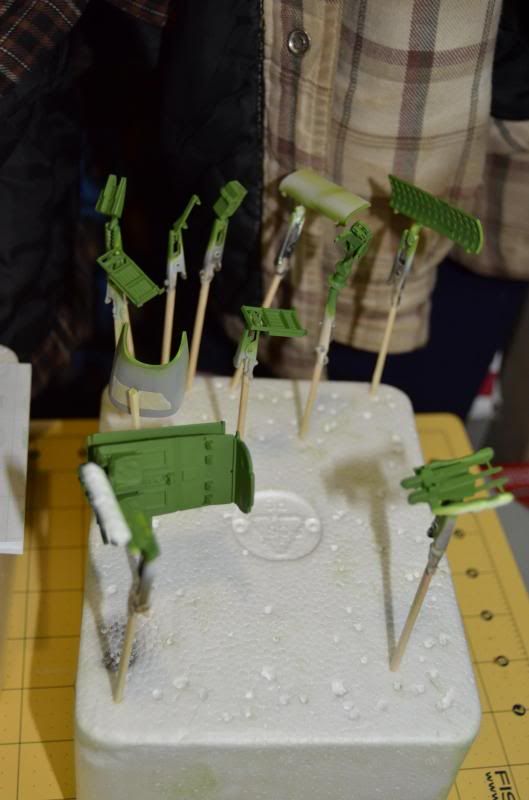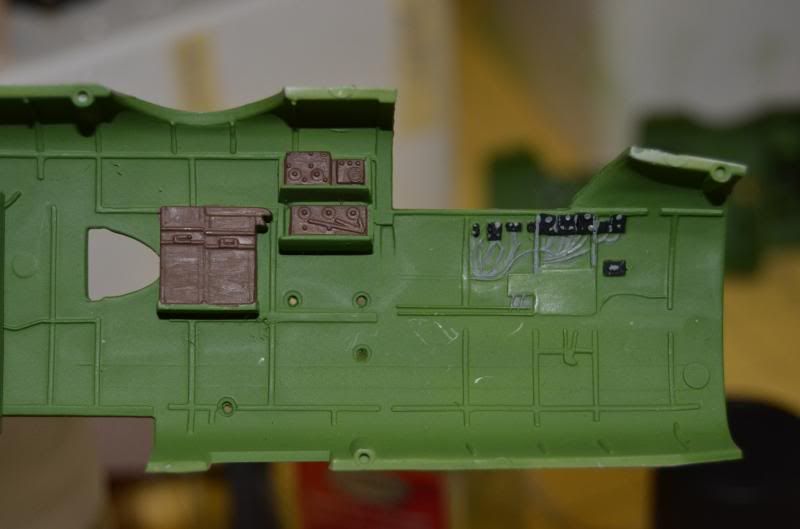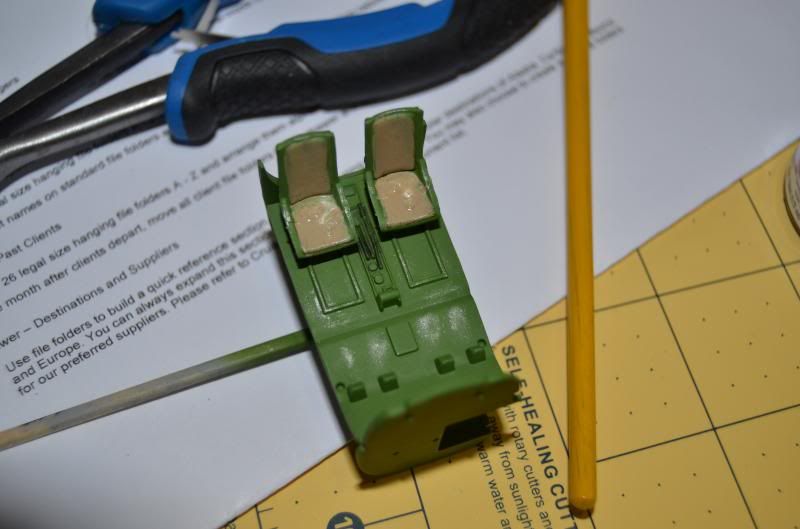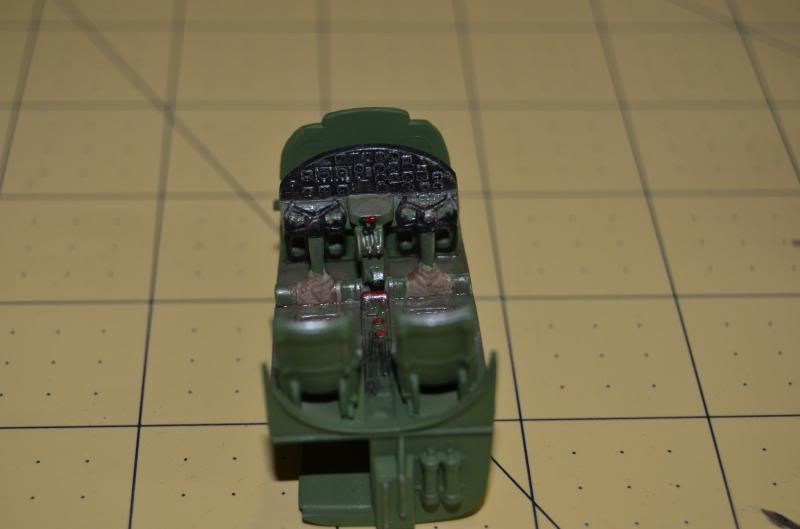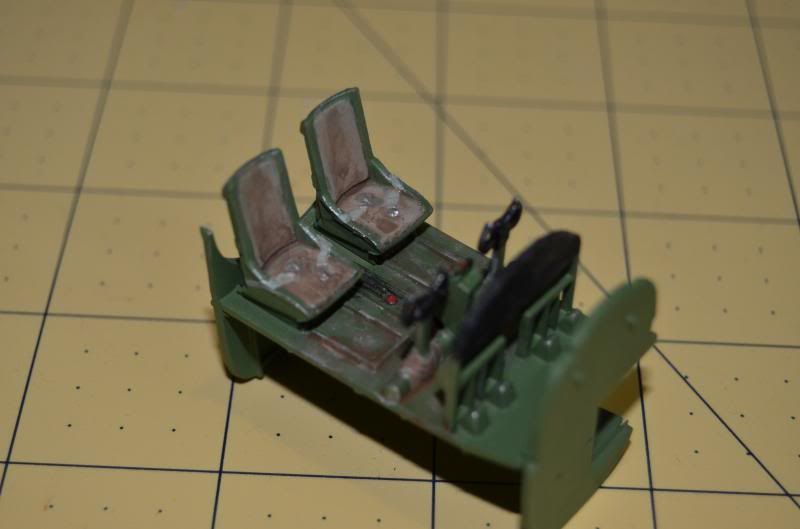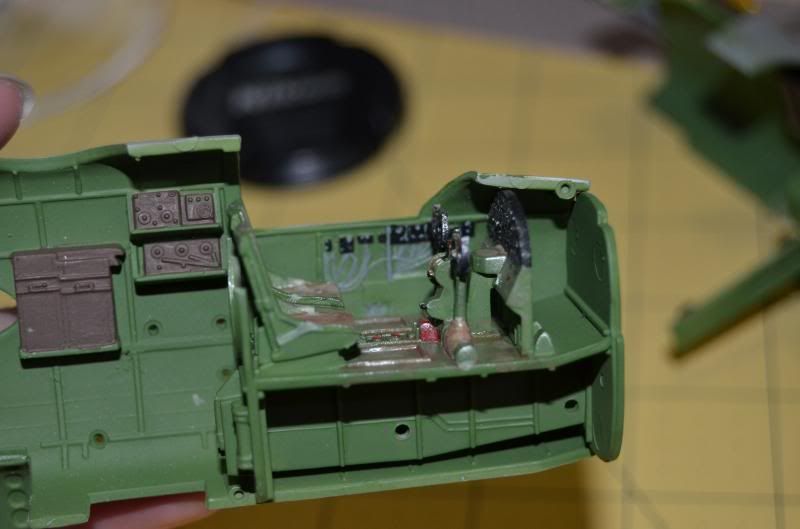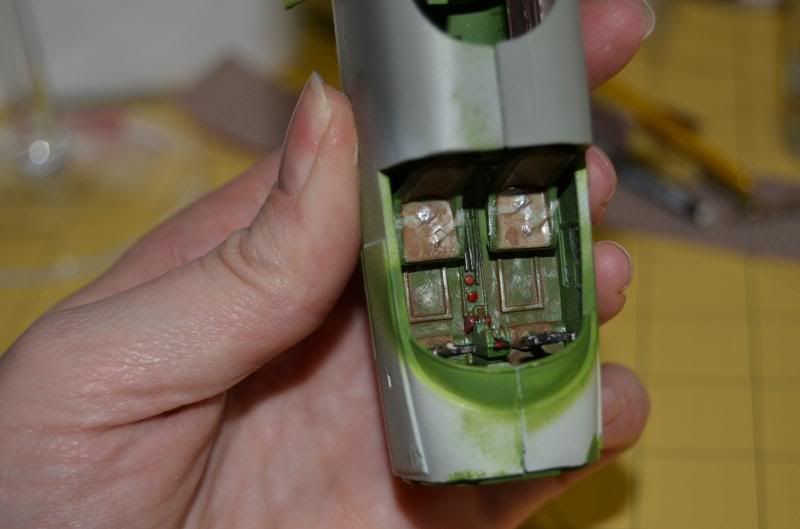So here is a little History Lesson!
The North American B-25 Mitchell was an American twin-engine medium Bomber that was manufactured by North American Aviation.it was used by Many Allied Air Forces in all aspects of World War II as well used by many other Air Forces after the war ended. It remained in service for 4 Decades.
The plane itself was name in Honor of General Billy Mitchell, who was a pioneer of U.S. Military Aviation. Nearly 10,000 b-25s were manufactured in numerous different models.
The B-25 first gained its Fame as the Bomber used in the 18 April 1942 Doolittle Raid where 16 B-25Bs led by Lieutenant Colonel Jimmy Doolittle attacked Mainland Japan just 4 month after the Bombing of Pearl Harbour. This raid goes down in history as it alarmed the Japanese who until then, had believed their home islands were inviolable by enemy forces. While the actual damage cause was quite minor, it forced the Japanese to divert its troops for the home defense for the remainder of the war.
Following a number of modifications, including the addition of Plexiglass windows for the navigators and Radio Operators, Heavier Nose Armament, and de-icing and anti-icing equipment, the B-25C was released to the army. This was the second Mass-Produced version of the Mitchells which followed the B-25Bs that were used for the Doolittle Raids. Folowing the B-25Cs was the B-25Ds which varied only by location of the production Facilities. The Cs were manufactured at Inglewood, California, while the Ds at Kansas City, Kansas. a total of 3915 B-25Cs and B-25Ds were built by North American during World War II.
Because of the urgent need for hard-hitting strafer aircraft, a version dubbed the B-25G was developed, in which the standard-length transparent nose and the bombardier were replaced by a shorter solid nose containing two fixed .50 in machine guns and a 75 mm M4 cannon, one of the largest weapons fitted to an aircraft, similar to the experimental British Mosquito Mk. XVIII, and German Ju 88P heavy cannon carrying aircraft. The cannon was manually loaded and serviced by the navigator, who was able to perform these operations without leaving his crew station just behind the pilot. This was possible due to the shorter nose of the G-model and the length of the M4, which allowed the breech to extend into the navigator's compartment.
Then Came the B-25H which had even more firepower! The M4 Gun was replaced by the lighter T13E1 which was designed specifically for this aircraft. The 75 mm gun fired at a muzzle velocity of 2,362 ft/s (about 720 m/s). Due to its low rate of fire (approximately four rounds could be fired in a single strafing run) and relative ineffectiveness against ground targets, as well as substantial recoil, the 75 mm gun was sometimes removed from both G and H models and replaced with two additional .50 in machine guns as a field modification.
Finally the last and most built version of the Mitchell The B-25J, came into production. Looking very similar to earlier B, C, & D, having reverted back to the longer, glazed Bomber nose, but with the H version's relocated forward dorsal manned turret. the unsuccessful 75mm cannon was deleted and instead, 800 of this version were built with a solid nose containing eight .50 machine guns, while others Js featured the earlier "Greenhouse" style nose containing the Bombardier's position.
So now to decide which version to do. After doing a lot of Googling I can across this version:

I have not been able to find a whole lot of info on this plane but here is what I do know!
Jack Kellog as per his signature was from the 98-th CB (Construction Battalion of the Navy) aka SeaBees.
He was a Cartoonist! Here is a link to some of his work:
http://tarawatheaftermath.com/PhotosFoxholeA.html
I have not been able to find a lot of info on The Aircraft itself, but I was able to find the decals for it. Will be ordering them shortly. Based on the Decals, the Ink Squirts has a Black Band across its tail and I was able to find this info:
The Ink Squirts is 41BG probably on Okinawa late in the war; they didn't carry tail markings until 1945, horizontal or vertical bands in white or black/red as appropriate. I think the single stripe across the upper tail is the 48th BS . The 501st (345BG ) had theirs lower down .
The 41st's B-25s on Tarawa and Gilbert Is. in 1943-44 were plain OD-NG but nose art was common.
The Mitchells on Okinawa were both standard and solid gun-nose types.
So that's all I have for now. Still researching this specific plane, would love to know what happened to it or if it is still in existence. will continue to try and find info on it and if anyone knows of anything I'd really appreciate the info!
Stay tuned for Photos of the project!

